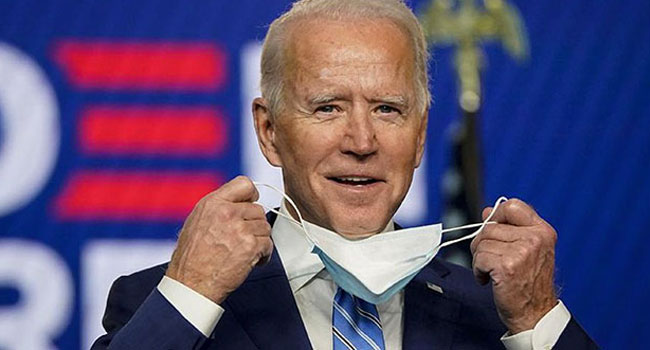
Biden Clarifies School Reopening Goals
- By Matt Jones
- February 17, 2021
At a town hall in Milwaukee, Wis., on Tuesday, Feb. 16, President Joe Biden clarified his goal of reopening the majority of U.S. K-8 schools within the first 100 days of his administration. “I think many of them five days a week,” he said. “The goal will be five days a week.”
This response comes after a comment last week from White House Press Secretary Jen Psaki that the president’s aim was to see the majority of schools open to in-person learning at a minimum of one day a week, with no mention of the K-8 demographic. During the town hall meeting, Biden called the contradiction “a mistake in the communication.”
Biden explained his refocus on reopening elementary and middle schools first, calling them the “easiest to open” and “the most needed to be open in terms of the impact on children and families having to stay home.” He also cited the comparatively low coronavirus transmission rate among children.
He remained confident that his administration would be close to meeting this goal in the given time frame. He also suggested that many schools might try to stay open through the summer. Biden did state, however, that reopening U.S. high schools might take a little longer, given the higher risk of transmission among teenagers and older students.
In addition to an updated guide to reopening schools released by the CDC last week, Biden offered the additional practical suggestion of granting a higher vaccine priority to teachers and other school staff like lunchroom and custodial workers.
During the town hall meeting, Biden spoke directly with a second grade student who has yet to return to school and expressed fears about contracting the virus. He reiterated that the transmission rate is lower among children and told her, “I wouldn’t worry about it, baby, I promise you.”
Much of the town hall’s conversation focused on the ongoing coronavirus pandemic. Biden promised that there should be 600 million doses of the vaccine ready by the end of July, a large-enough supply for the entire country. Asked for a larger-scale timeline of when the U.S. might be able to return to its pre-pandemic state, he hesitated.
“By next Christmas, I think we’ll be in a very different circumstance, God willing, than we are today,” he said. “But we don’t know. So I don’t want to over-promise anything here. I told you when I ran and when I got elected, I will always level with you.”